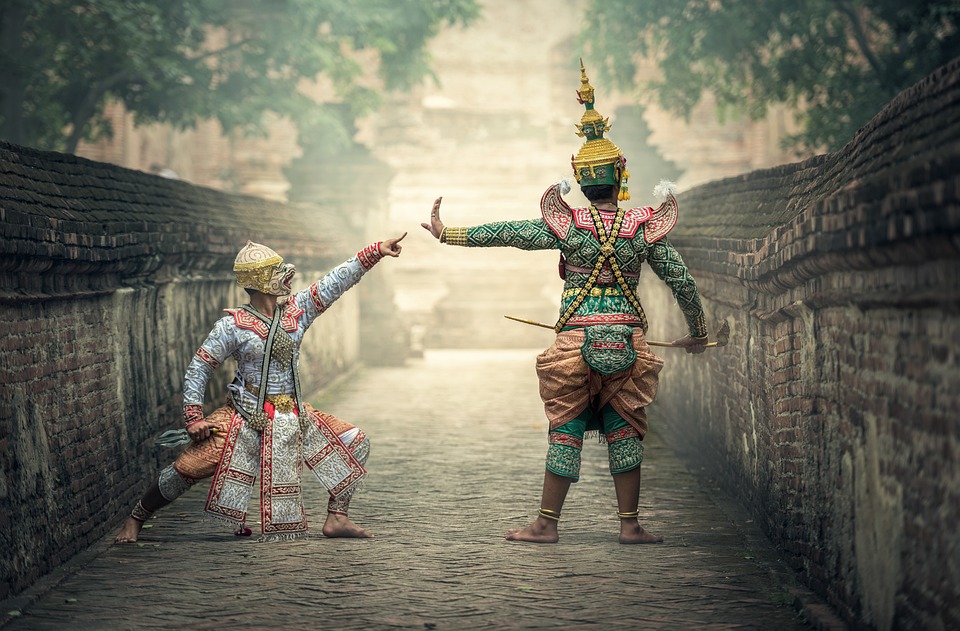From Comics to Cinematic Universes: The Superhero Phenomenon Explained
The superhero genre has evolved from the pages of comic books into a dominant force in global entertainment, reshaping not only how stories are told but also how cultures understand heroism, morality, and community. This dynamic transition from ink to screen embodies more than just a shift in medium; it marks a seismic cultural movement that has captivated audiences for generations. Understanding this phenomenon requires an exploration of its rich history, the development of cinematic universes, and its impact on society.
The Origins of Superheroes
The superhero genre began in the late 1930s with the debut of characters such as Superman and Batman, who quickly became icons of popular culture. These characters were born out of a cultural landscape marked by upheaval and uncertainty, providing an escape for readers during the Great Depression and later in World War II. Comic books became a refuge, allowing people to imagine a world where good could triumph over evil, and justice would ultimately prevail.
These early superheroes were often allegorical, embodying the hopes, fears, and values of their times. Superman represented an immigrant’s aspiration to succeed and adapt in a new world, while Batman symbolized the fight against crime and corruption. As the genre grew, it continued to reflect societal issues, from civil rights movements to global political tensions.
The Golden Age of Adaptation
The transition from comics to film began in earnest in the 1970s, with Richard Donner’s "Superman" (1978) being a watershed moment. For the first time, a superhero was presented on-screen with a level of seriousness and production value that resonated with both fans and critics. The film’s success laid the groundwork for future adaptations, ushering in the era of the superhero blockbuster.
By the 2000s, this trend had transformed into a full-blown phenomenon, with studios recognizing the immense potential of superhero properties. Marvel Studios entered the fray with "Iron Man" (2008), creating a interconnected series of films known as the Marvel Cinematic Universe (MCU). This innovative approach to storytelling allowed for character crossovers and a deeper exploration of complex narratives over multiple films, attracting a diverse audience and setting the blueprint for future adaptations.
The Rise of Cinematic Universes
The MCU revolutionized the industry with its ambitious goal of interconnecting multiple storylines and characters across various films—an undertaking that required meticulous planning and storytelling. The success of this formula sparked a trend, resulting in the creation of other cinematic universes, such as the DC Extended Universe (DCEU), Sony’s Spider-Man Universe, and even the Universal Monsters Universe.
These interconnected narratives offer audiences a sense of investment in characters over time, as they grow and struggle against increasingly complex villains. The format not only allows for expansive world-building but also encourages fan engagement, with viewers eager to theorize and discuss potential plot developments and character arcs.
Cultural Impact and Representation
One of the most profound impacts of the superhero phenomenon is its ability to address issues of identity, representation, and social justice. The portrayal of superheroes has evolved, reflecting a broader spectrum of backgrounds, races, genders, and sexualities. The success of films like "Black Panther" (2018) and "Wonder Woman" (2017) illustrated the demand for diverse narratives and characters that resonate with global audiences.
Moreover, superhero stories often serve as a commentary on contemporary societal issues, transforming what may appear as mere entertainment into a vehicle for cultural dialogue. Themes of power, responsibility, and moral ambiguity challenge viewers to reflect on their own beliefs and societal norms.
The Future of Superheroes
As we look ahead, the superhero genre continues to evolve. Streaming platforms have expanded the landscape, allowing for deeper storytelling and character exploration in series like "WandaVision" and "The Falcon and the Winter Soldier." Additionally, the emergence of video games, animated series, and international adaptations ensures that the superhero phenomenon will remain relevant for years to come.
However, with saturation in the genre comes questions about originality and storytelling fatigue. The challenge for creators is to innovate within a familiar framework, keeping audiences engaged while delivering fresh narratives that resonate with contemporary issues.
Conclusion
The transition from comics to cinematic universes signifies more than a shift in entertainment preferences; it reflects a cultural phenomenon that speaks to our collective desire for heroes in an often chaotic world. As superheroes continue to evolve, they will undoubtedly shape and influence society, serving as both mirrors and molders of the times. Whether through grounded narratives or fantastical escapades, the superhero phenomenon is here to stay, captivating audiences and inspiring future generations.


